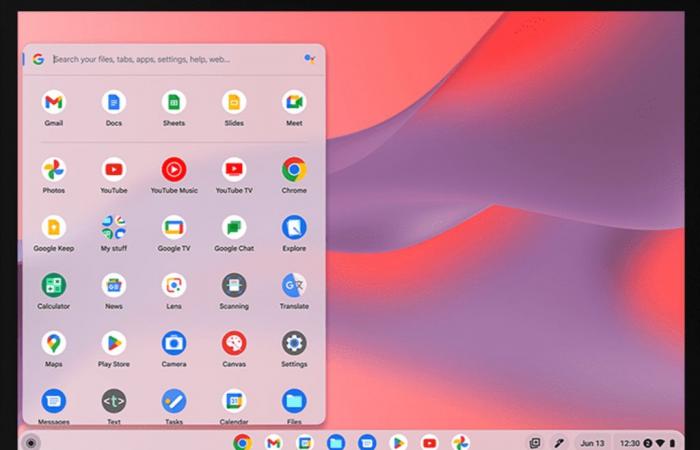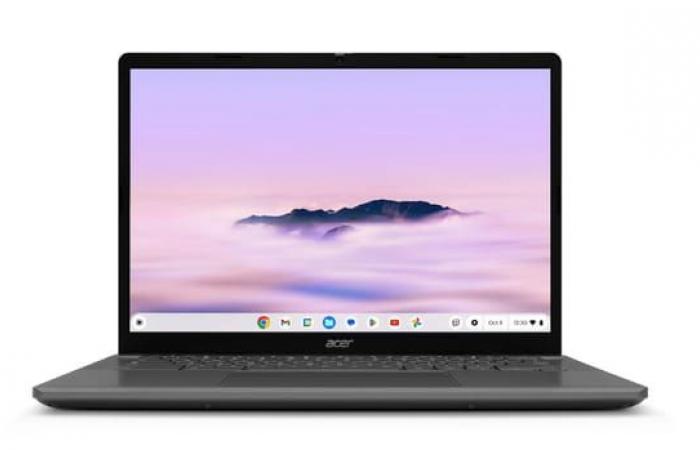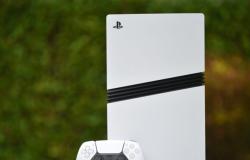An operating system combining the advantages of Android on mobile and ChromeOS on computer: this is the project that Google is planning for future tablets but also for home laptops, in its PIxel range.
At Google, two operating systems have coexisted for years. On the one hand Android, designed for smartphones and tablets (as well as its versions for televisions and connected watches). On the other, ChromeOS, installed in ChromeBook laptops. However, the border between the two systems is no longer very watertight. Long limited to WebApps, web applications running in the Chrome browser, ChromeOS has since 2017 opened up to applications designed for Android with the integration of the PlayStore. A big step in the right direction but still insufficient to seduce. For its part, Android has always suffered from a lack of popularity on tablets. It is poorly suited to screens larger than those of smartphones which require small-scale window management to facilitate the use of productivity apps, for example. A less obvious problem at Apple where iPadOS lends itself better to the exercise. In 2023, iPads remained at the top of tablet sales with between 37 and 40% market share according to IDC and Canalys studies. Also, rather than continuing to improve its two systems separately, and also just to step on Apple’s toes, Google would have chosen a more radical path: merging ChromeOS and Android.
ChromeOS in Android, but what for?
Developing a relevant and effective system for working on both tablets and computers could allow Google to claim even more users and encourage developers to work on its platform. And there is no question for Google of creating a third system. Android seems best placed to take on this new role. According to the American site Android Authority, the project is already in the works. The Mountain View firm is already developing a version of Chrome for Android capable of supporting extensions (a function currently impossible on smartphones) as well as a Terminal allowing Linux applications to be run in Android. The search giant would also work on better management of peripherals in Android (keyboards, mice, external monitors, etc.), i.e. all the elements necessary for the proper functioning of a PC… under Android.
PC Pixel: a Google computer running Android
Google’s product portfolio today includes its Pixel smartphones and Pixel Tablets. The firm does not produce Chromebooks itself, leaving other manufacturers (Acer, Asus, Lenovo, etc.) to integrate ChromeOS into computers that must meet strict specifications. The logical continuation with the merger of ChromeOS into Android should lead to the arrival of a Pixel Laptop. And that’s what seems to be on the horizon. Very little information has yet filtered out on the subject. The project codenamed Snowy would consist of a high-end PC to compete with Apple’s MacBook Pro and Samsung’s GalaxyBook. Also in the works, a Pixel Tablet 2, this time offered with a keyboard (which was not the case for the first version released last year). A full-fledged tablet, like an iPad, but also much cheaper than the Pixel Laptop.
Still, the merger of Android and ChromeOS is a long-term project. The teams that previously worked separately on Android, ChromeOS and Pixel products (among others) were grouped last April within a new division called Platforms and Devices with the aim of strengthening the integration of AI into the Google product line. They must also tackle this combination of OS which does not yet have an official name and for which we do not know the deployment date either.







